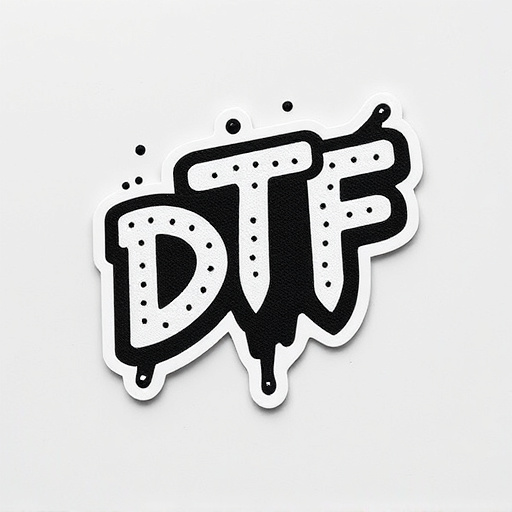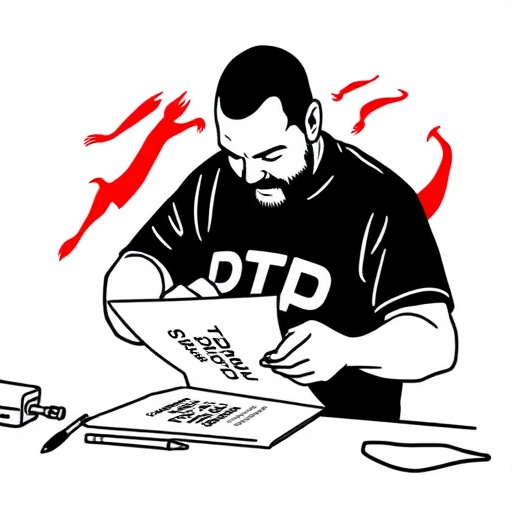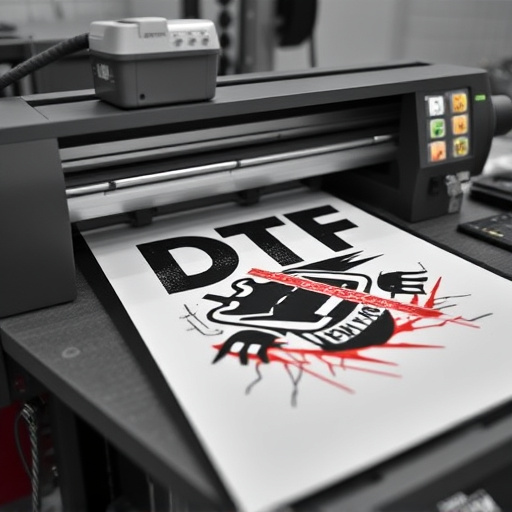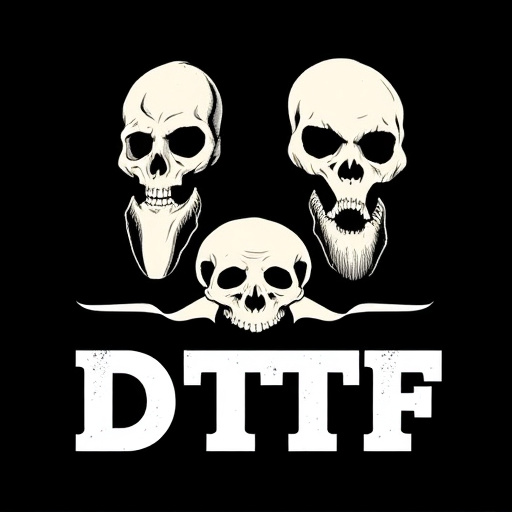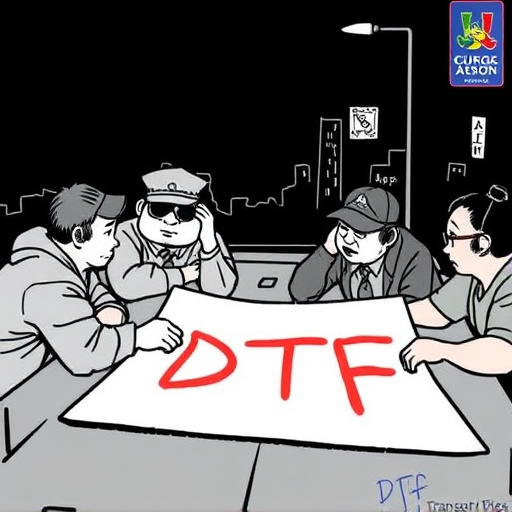DTF Transfer Films are experiencing a rapid transformation driven by technological innovations in inkjet printing and material science. These advancements offer superior quality, design control, durability, and efficiency compared to traditional methods, democratizing access to personalized printing services while pushing artistic boundaries in textile design. Digital printing streamlines workflows, reduces turnaround times, minimizes waste, and enables intricate pattern creation, making DTF films suitable for a wide range of fabrics and applications from casual wear to high-performance activewear. Inkjet technology allows for more intricate DTF logo transfers with exceptional print quality on diverse materials, catering to bulk orders in apparel, accessories, and promotions while expanding application ranges across various industries.
The global DTF (Direct-to-Film) transfer film market is experiencing a dynamic shift, driven by technological innovations that transform production processes. From digital printing enhancing quality and efficiency to advancements in inkjet technology and automation, these developments are reshaping the industry’s landscape. Additionally, evolving market trends, including the rise of e-commerce and personalized products, further emphasize the need for sustainable, high-quality DTF transfer films. This article explores these changes, delving into technological advancements, global market dynamics, and future prospects to provide a comprehensive overview of the ever-evolving world of DTF transfer film production.
- Technological Advancements Shaping DTF Transfer Film Production
- – The role of digital printing and its impact on quality and efficiency
- – Innovations in inkjet technology and their benefits for global production
Technological Advancements Shaping DTF Transfer Film Production

The landscape of DTF Transfer Film production is undergoing a dynamic metamorphosis driven by technological advancements. Innovations in inkjet printing technologies have significantly elevated the quality and precision of custom dtf transfers, enabling intricate designs and vibrant colors previously unattainable. This has not only opened doors for smaller businesses to offer personalized dtf garment printing services but also pushed the boundaries of what’s possible in textile design.
Moreover, these technological leaps are enhancing the durability of DTF films, ensuring longer-lasting prints on a variety of fabrics. Advances in material science and production techniques have resulted in more robust dtf transfers that withstand wear and tear better, making them suitable for everything from casual apparel to high-performance activewear. This trend toward enhanced dtf durability is a game-changer for industries demanding durable, long-lasting custom printing solutions.
– The role of digital printing and its impact on quality and efficiency

The advent of digital printing has revolutionized DTF Transfer Film production, marking a significant shift from traditional methods. This cutting-edge technology offers unparalleled advantages in both quality and efficiency. By eliminating the need for physical film negatives, digital printing allows for precise control over design elements, resulting in superior image clarity and color accuracy on the final product. The process streamlines workflows, reducing turnaround times significantly, which is a boon for manufacturers looking to meet the ever-increasing demand for custom DTF Transfer Films.
Moreover, digital printing enables efficient management of dtf file preparation and gang sheet building. With advanced software tools, designers can effortlessly create intricate patterns and layouts, ensuring seamless integration of designs across multiple films. This not only enhances productivity but also reduces waste, making the process more environmentally friendly. As the industry continues to evolve, mastering dtf transfer film production through digital printing will remain a key differentiator for companies seeking to stay ahead in the market.
– Innovations in inkjet technology and their benefits for global production

The evolution of inkjet technology has brought about significant changes in the global DTF Transfer Film production landscape. One of the most notable advancements is the increased efficiency and precision it offers, allowing for more intricate and detailed DTF logo transfers. This innovation has not only enhanced the visual appeal of the final products but also opened up new possibilities for custom designs and personalized items. With inkjet technology, manufacturers can achieve exceptional print quality on a variety of materials, ensuring durable prints that withstand everyday use.
Additionally, the rise of advanced inkjet systems facilitates faster production times and higher throughput, making it easier to meet the growing demand for DTF bulk orders. This is particularly beneficial for businesses focusing on custom apparel, accessories, and promotional products, enabling them to offer timely deliveries without compromising on quality. The versatility of inkjet printing also encourages experimentation with different substrates, expanding the range of applications for DTF Transfer Film across various industries.
The evolution of DTF Transfer Film production is undeniably driven by technological advancements, with digital printing and inkjet technology leading the way. These innovations have not only elevated the quality and speed of manufacturing processes but also opened doors to new possibilities in global production. As we look ahead, ongoing refinements in these technologies promise to further streamline production, expand design options, and cater to the growing demand for DTF Transfer Films worldwide.








